Reviewed by Corey Noles
Here's the thing: while everyone's been talking about AI that can chat, Google's been quietly building something much more interesting. Android Authority spotted evidence that Gemini's Canvas tools are finally making their way from the web to your Android device—and it's about to change how you think about mobile creativity.
What you need to know:
Canvas is coming to mobile: Full creative toolkit moving from web-only to native Android app
No more browser switching: Create web pages, quizzes, and infographics without leaving Gemini
Real mobile advantage: Test and iterate on ideas in the same contexts where users actually engage
Timeline insight: Likely announcement at Google I/O 2025 (May 20-21) if not ready sooner
Who gets it: Available globally for both free and Gemini Advanced subscribers
The friction you're feeling isn't just inconvenience—it represents a fundamental disconnect between AI's promise of anywhere-access creativity and the reality of platform-dependent workflows that still tether serious creative work to specific devices. That's what makes this mobile Canvas development so significant.
Canvas finally gets the mobile treatment it deserves
Let's break down what's actually changing here. Canvas was designed as an interactive workspace where you can collaborate with Gemini to create, edit, and refine everything from documents to working prototypes. Think of it as a digital whiteboard that actually understands what you're trying to build.
These desktop capabilities reveal what's been missing from mobile creative workflows—not just feature parity, but the seamless context switching that makes AI collaboration feel natural rather than mechanical. The web version already lets you generate HTML/React code and see visual previews in real-time (Chrome Unboxed). You can request changes to input fields or add call-to-action buttons, and the preview updates instantly.
But this is where mobile has been stuck in first gear. While you can generate content, the preview experience forces you out of Gemini and into a Chrome tab—breaking your flow and making the whole "mobile-first AI assistant" concept feel half-implemented.
Based on the APK teardown, Google's working to change that fundamentally. The new implementation will let you create web pages, quizzes, and infographics directly within the Gemini app interface—no browser switching required (Android Authority).
PRO TIP: If you're a Gemini Advanced subscriber, you're already getting faster responses thanks to models like Gemini 1.5 Flash. This mobile Canvas update should make those premium features feel genuinely premium rather than desktop-dependent.
What this means for mobile creators and developers
During our testing of the current mobile Canvas implementation, the workflow interruptions became painfully obvious. You're struck by inspiration for a landing page concept, but the mobile experience is so fragmented you end up shelving the idea until you get back to your laptop. This friction is about to disappear, but the implications go deeper than convenience.
For developers, this addresses mobile's unique iterative advantage—the ability to test ideas in the same physical contexts where users will actually engage with the final product. Canvas already supports real-time code collaboration and can generate everything from simple Python scripts to complex web applications. Moving that capability to mobile means you can prototype while commuting, then test how that mobile form actually feels in a user's hand.
The ability to export directly to Google Docs is already live for text content, and changes auto-save as you work. But imagine extending that ecosystem integration to visual content creation. You could mock up an entire marketing campaign, complete with landing pages and interactive elements, then seamlessly move between Google Workspace tools—all while maintaining the creative momentum that often gets lost in platform transitions.
This connects directly to Google's broader mobile-first AI strategy. Gemini Live already offers conversational AI fully integrated into Android's user experience. Canvas mobile feels like the natural evolution—turning your phone into a legitimate creative workstation rather than just a consumption device.
The bigger picture: redefining what "serious" mobile work means
What Google's really betting on here goes beyond mobile devices handling serious creative work—they're redefining what "serious" means in the context of modern productivity patterns. Canvas powered by Gemini 2.5 Pro Experimental has already shown it can outperform competitors in coding benchmarks, and now that computational power is coming to your pocket with mobile-specific advantages.
The APK evidence suggests Google's also working on UI improvements across the board, with new interface tweaks and suggestions for research topics and Canvas projects. They're clearly viewing this as more than just a mobile port—it's a fundamental rethinking of how creative collaboration happens when you're not chained to a desk.
For context, Canvas is available globally for both free and Advanced subscribers, though free users face some rate limits. The web version already supports collaboration features where anyone with a public link can view and edit shared content. Now imagine that level of real-time collaborative potential happening wherever you are, with the added advantage of mobile sensors and location-aware capabilities feeding into your creative process.
This timing aligns with the broader shift toward ambient computing—where AI assistance becomes available in whatever context you need it, rather than requiring you to adapt your workflow to specific device limitations.
What you can expect when this rolls out
Here's what the mobile Canvas experience should look like once Google flips the switch. Instead of the current fragmented preview workflow, you'll stay within the Gemini app for the entire creative process. Generate a quiz about your presentation topic, build an interactive infographic from your research notes, or prototype a simple web app—all without losing conversational context or creative momentum.
The Android Authority teardown shows Google implementing these creation options directly in the mobile UI, suggesting they're taking the mobile-specific design seriously rather than just cramming desktop functionality into a smaller screen. That attention to mobile-native interaction patterns could be the difference between a useful tool and something that actually changes how you approach creative work.
DON'T MISS: Google I/O 2025 is happening May 20-21, and if this mobile Canvas update isn't ready by then, expect it to be part of their developer announcements (Medium).
The real test will be performance optimization for mobile constraints. Canvas on desktop can handle complex tasks because it's got processing power and thermal headroom to spare. But this connects to Google's broader mobile AI processing evolution—if Gemini Nano can already handle privacy-sensitive tasks on-device, and Gemini Live can maintain conversational context without draining your battery, there's solid technical foundation for optimism.
As Google continues to refine Canvas with features like multi-image uploads and improved code folder analysis, the mobile implementation could actually leapfrog the desktop experience. Your phone might just become the best place to bring creative ideas to life—not despite its mobile constraints, but because of the unique advantages that come with truly portable, context-aware creative collaboration.





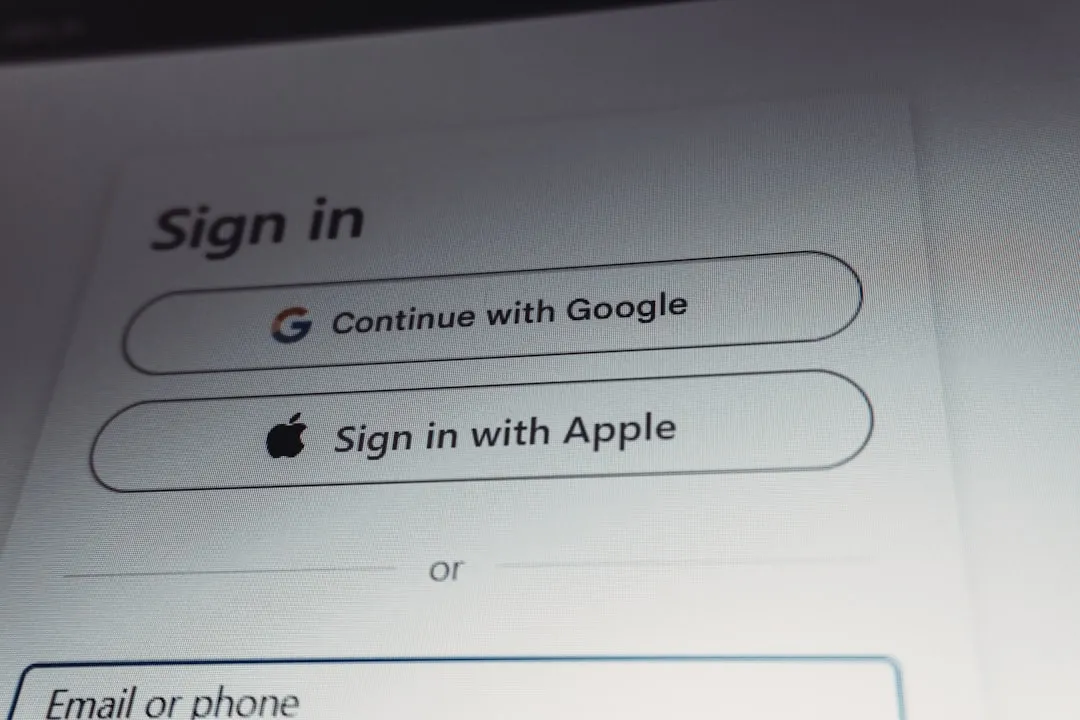

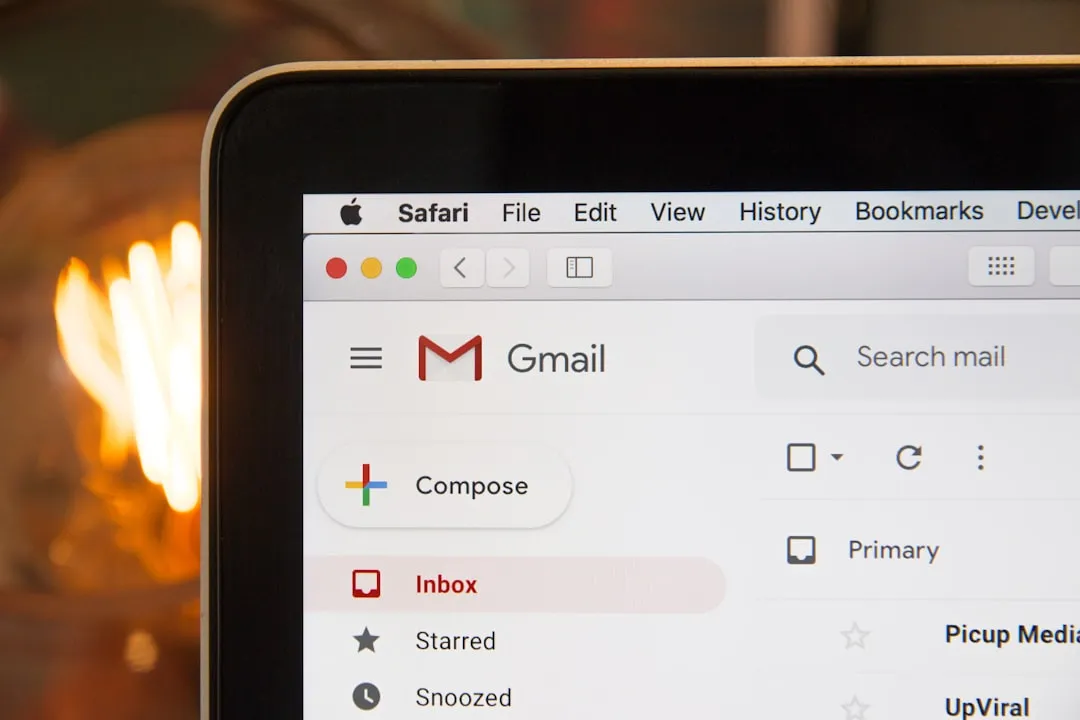
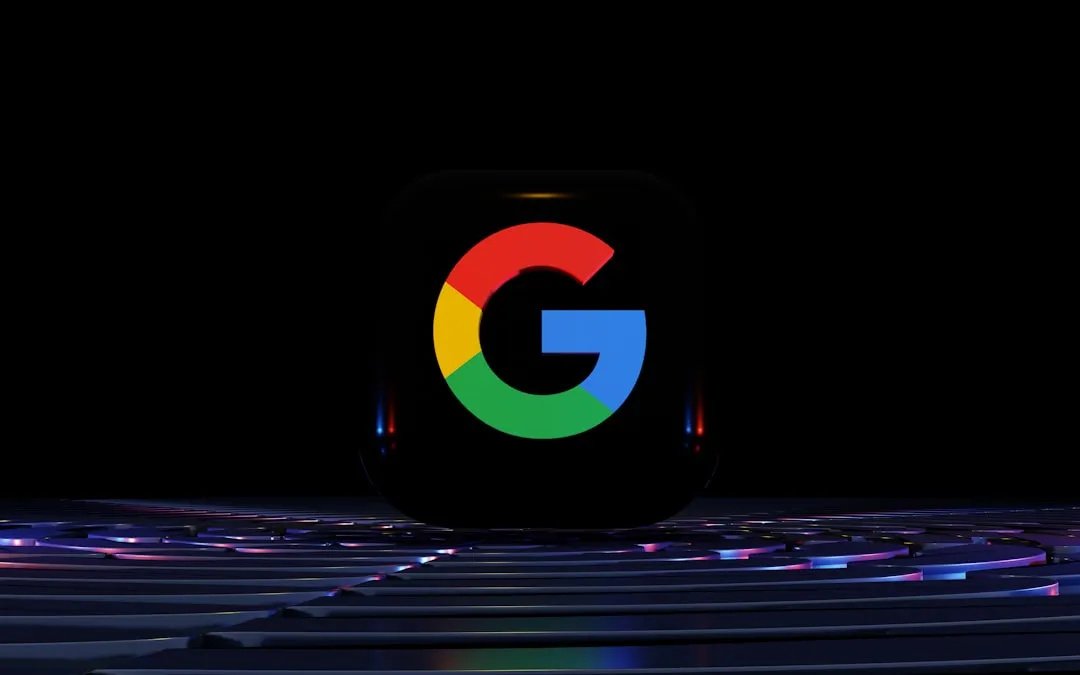
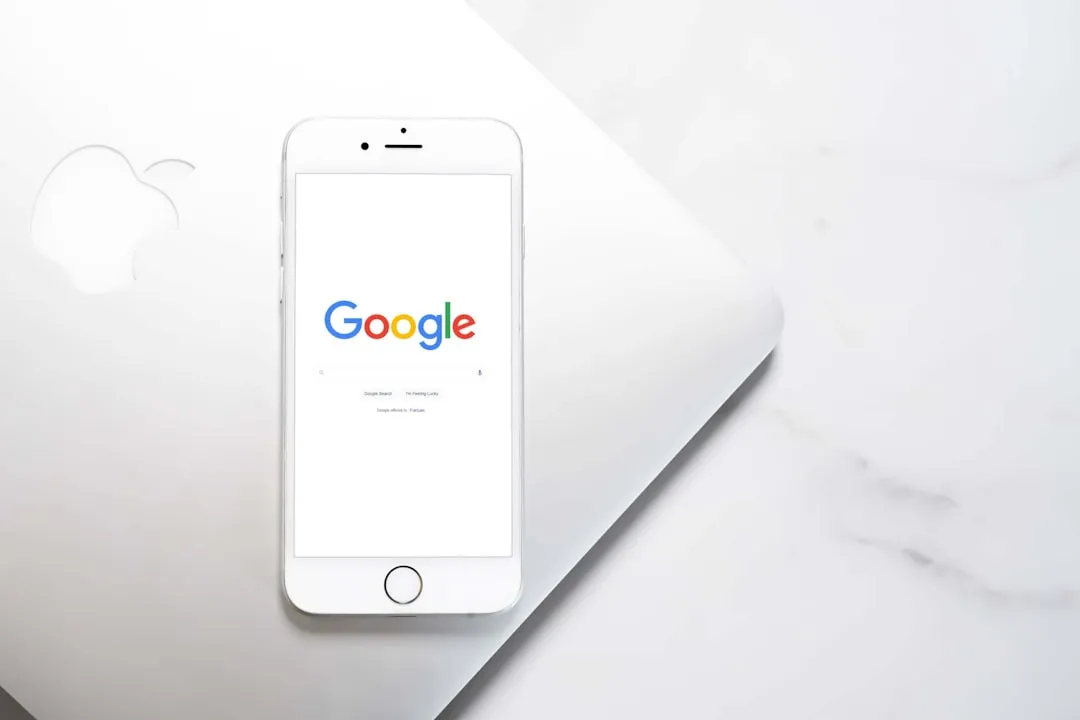

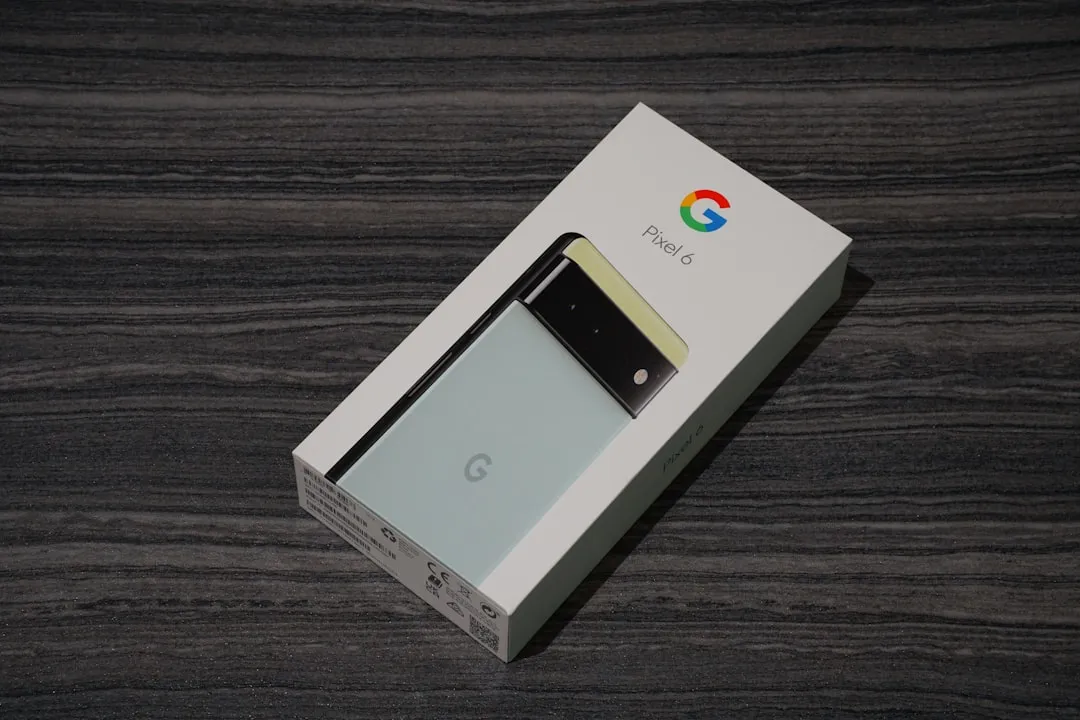
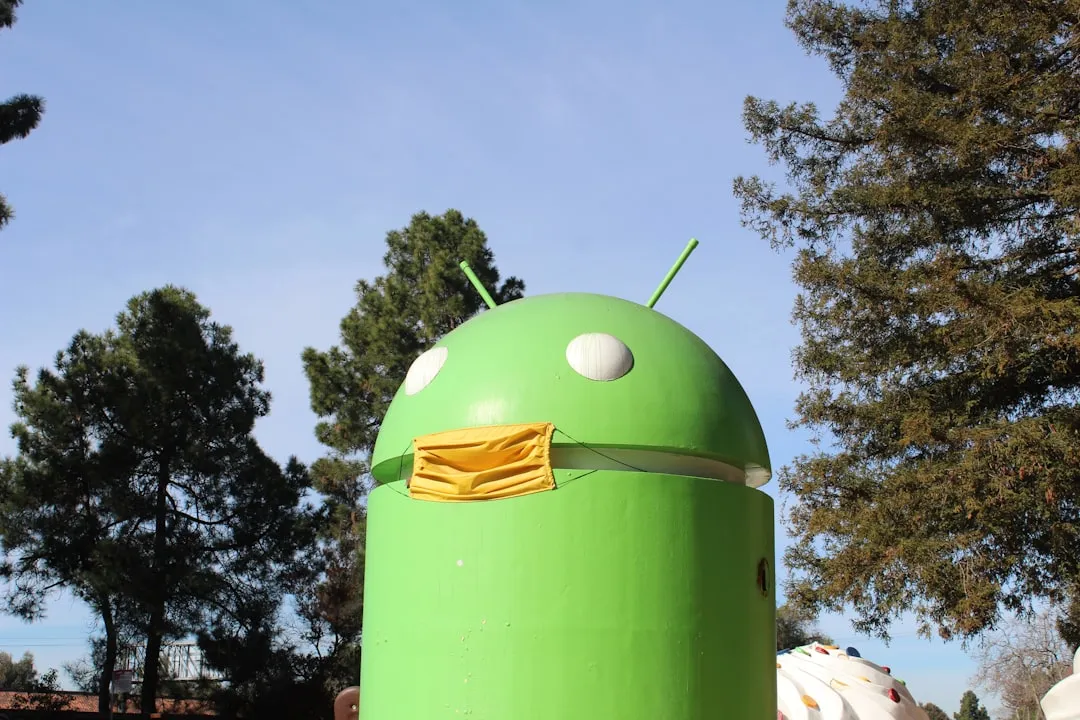
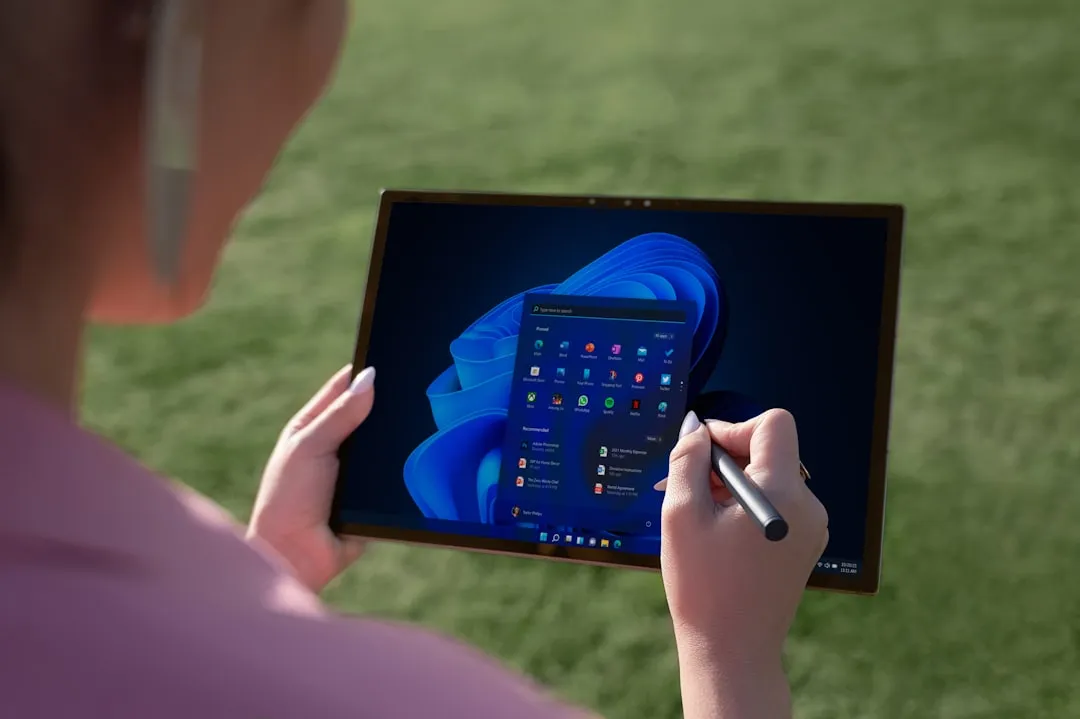
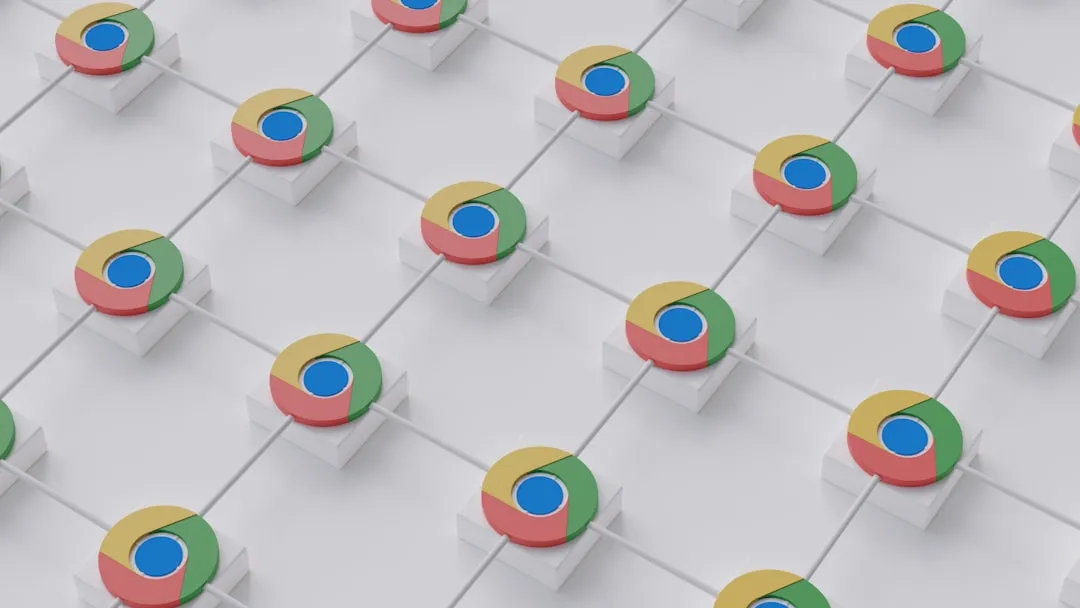

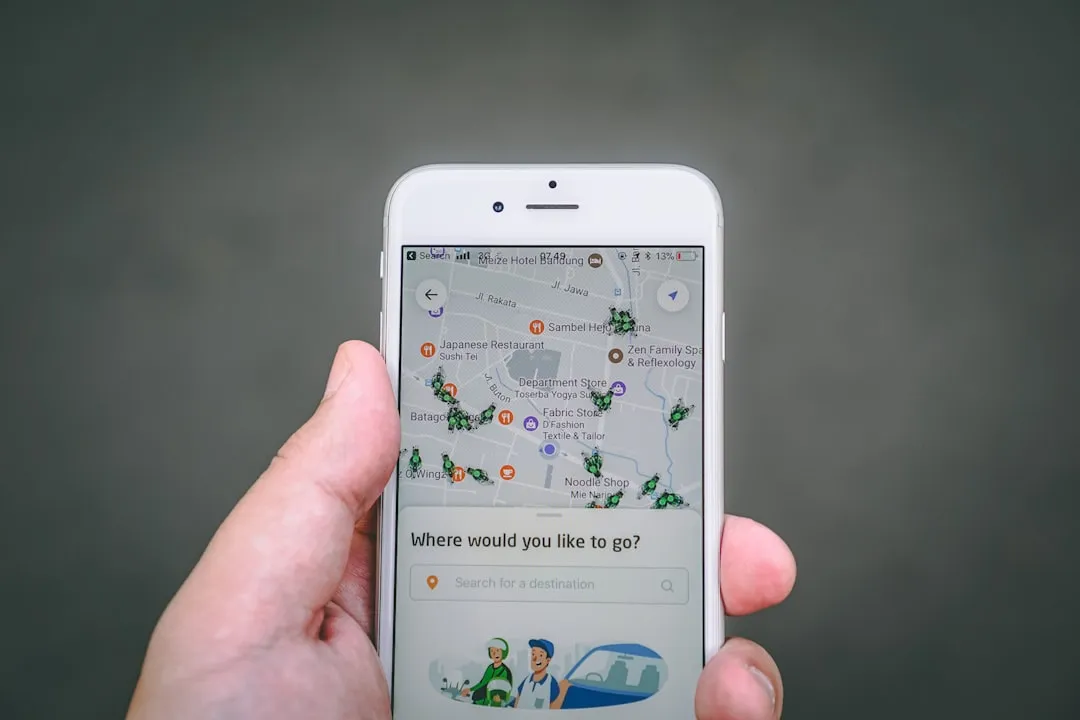
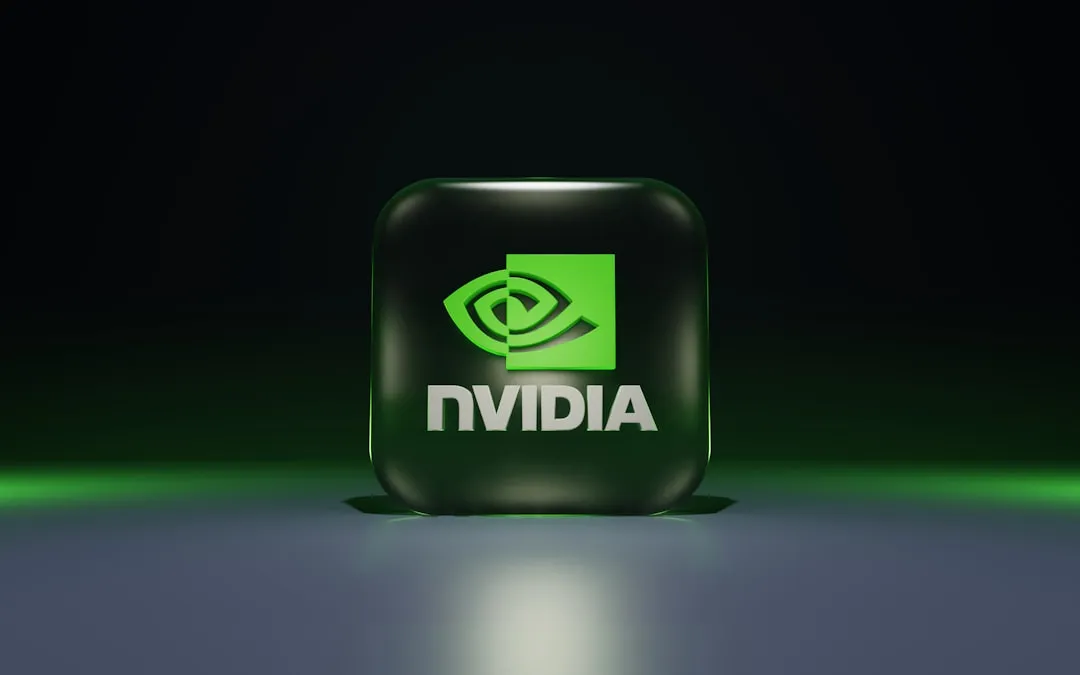

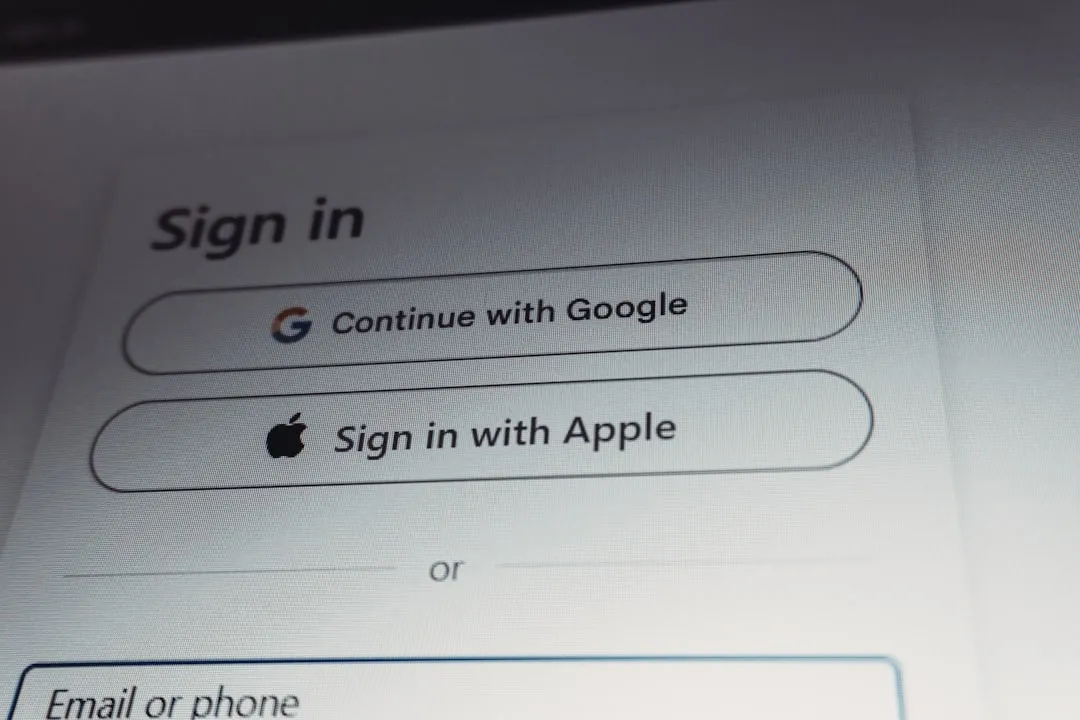
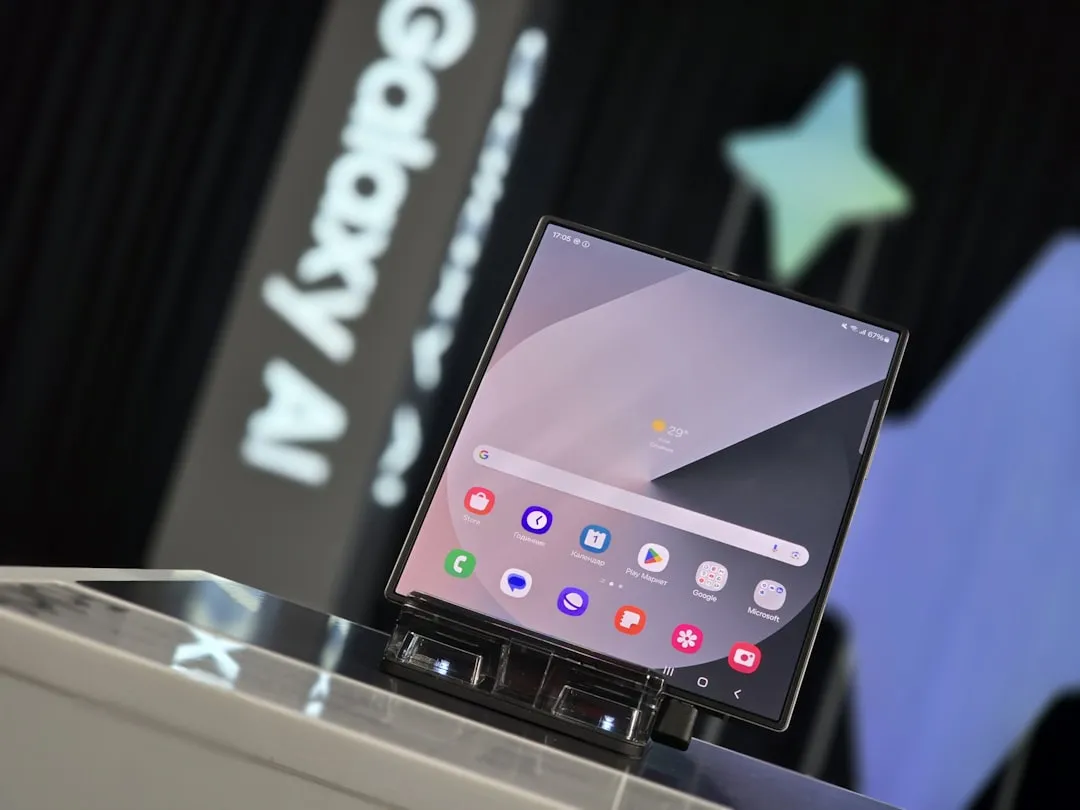
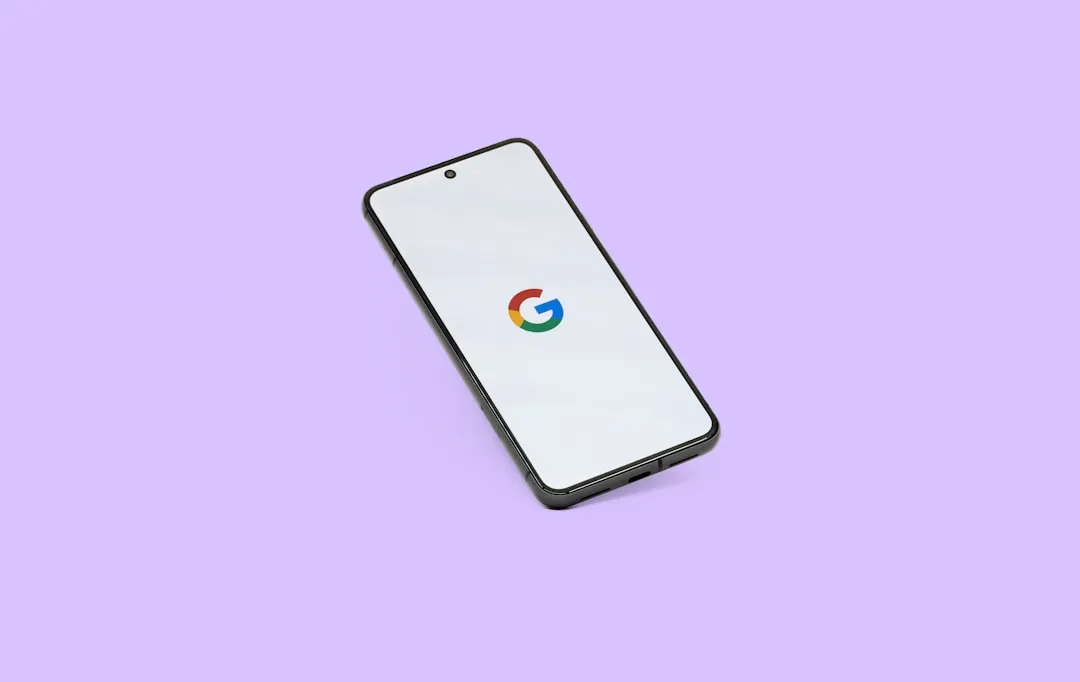

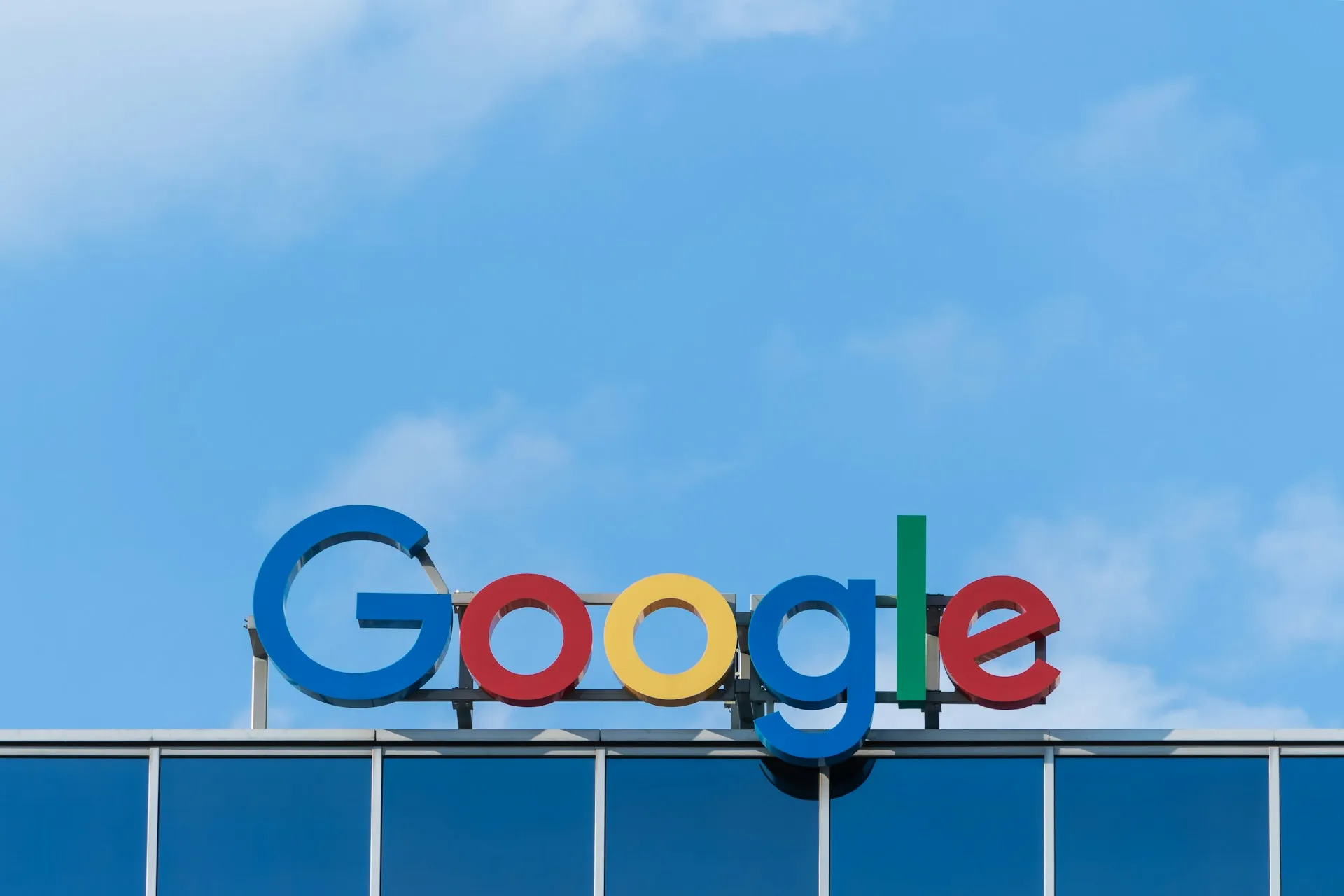
Comments
Be the first, drop a comment!